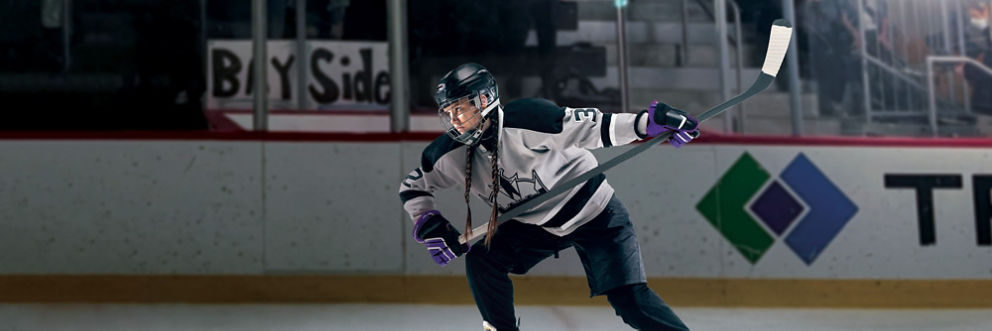Sports medicine
Elite sports medicine for athletes at all levels
We know athletes. From high school hockey players to triathletes to members of the Minnesota Twins, we’ve helped thousands of people recover from injuries and get back to the active lifestyle they love. Our sports medicine doctors, physical therapists, athletic trainers and other experts work together as a team to achieve a common goal – safely getting you back to physical activity as quickly as possible.
When you visit with our experts, you get the same elite care that we provide to the Minnesota Wild, Twins and the Whitecaps. Our sports medicine services include concussion care, physical therapy, athletic training, surgery, sports physicals and more. We also offer programs tailored to specific sports, like our Return to Running and Return to Throwing programs, to make sure you get the specialized care you need.
"I am almost back to complete use [of my hand] at the gym and during my everyday use. Thanks so much for your care and attention during this surgery and post-operation to ensure that things are going well."
What is sports medicine?
Sports medicine is a type of orthopedic care that focuses on getting people back to physical activity. Despite its name, sports medicine is for anyone who is active or has suffered an injury, not just athletes. We can help you get back to walking the dog, your weekly Pilates class and your winter ski trips. No matter your age or skill level, our sports medicine doctors can help.
Sports medicine care can help with a wide range of conditions, including
We’ll be by your side helping you heal until you’re ready to get back to the same level of physical activity you’re used to enjoying.
Sports medicine services we offer
Getting the right care for sports injuries isn’t one-size-fits-all. That’s why our sports medicine doctors and other experts work together to provide a wide range of services from concussion care to physical therapy to women’s sports medicine. We’ll work with you to develop a personalized treatment plan that helps you get back to your sport, no matter how complex the recovery process. Our sports medicine services include:
Physical therapy
Physical therapy is a type of treatment where we use targeted exercises, manual therapy and education to improve your body’s function, flexibility and strength.
As part of this program, our physical therapists use video analysis to examine your sport technique and the way you move to correct issues that are causing functional issues.
Sport Concussion Program
Our Sport Concussion Program is the only concussion program in the region specializing in return to sports and physical activity. Serving athletes from youth to professionals, we understand that no two concussions are alike. Our goal is to return athletes back to their active lifestyle safely and as soon as possible.
Women’s Sports Medicine Program
We’re experts in helping women stay at peak performance, whether you’re a casual snowboarder or love competing in triathlons. We have extensive expertise caring for conditions that affect the bones, muscles and joints. As one of the few women-focused sport programs in the Midwest, we specialize in women’s athletic performance and the sports injuries you may encounter.
Performing Arts Medicine
Whether you’re a circus artist, dancer, gymnast, cheerleader or other performer, we can help you get back to the activities you love. We have doctors, physical therapists, athletic trainers and other health care providers that specialize in performing arts medicine. They can help you heal from an injury, and use education and rehabilitation to reduce risk of future injuries.
Sports medicine surgery
Most sports injuries can be treated without surgery, but when surgery is needed, you’re in excellent hands at TRIA. Our expert team of orthopedic surgeons has helped thousands of athletes recover, and our patient outcomes exceed the national average for many surgeries.
Surgery can be used to treat many complex injuries to muscles, tendons, ligaments and bones. At TRIA, we only guide you toward surgery when it’s the best possible treatment option for you.
Athletic training services
Our certified athletic trainers work with our patients – and alongside our doctors and physical therapists – to provide preventive services, clinical diagnoses, therapeutic intervention, and rehabilitation of injuries and medical conditions. Our athletic training services include on-site medical services, educational programs, injury evaluations and prevention programs for concussion mangement and much more.
Sports physicals
Sports physicals are often needed before a child or teen can participate in organized sports. During a sports physical, we’ll ask about your child’s medical history and do a physical examination to make sure it’s safe for them to participate.
Our sports affiliations
We’re the orthopedic provider of choice for professional athletes across Minnesota, including the Minnesota Wild, Twins and the Whitecaps. We’re also proud to work with many high school and college-level teams in Minnesota.
